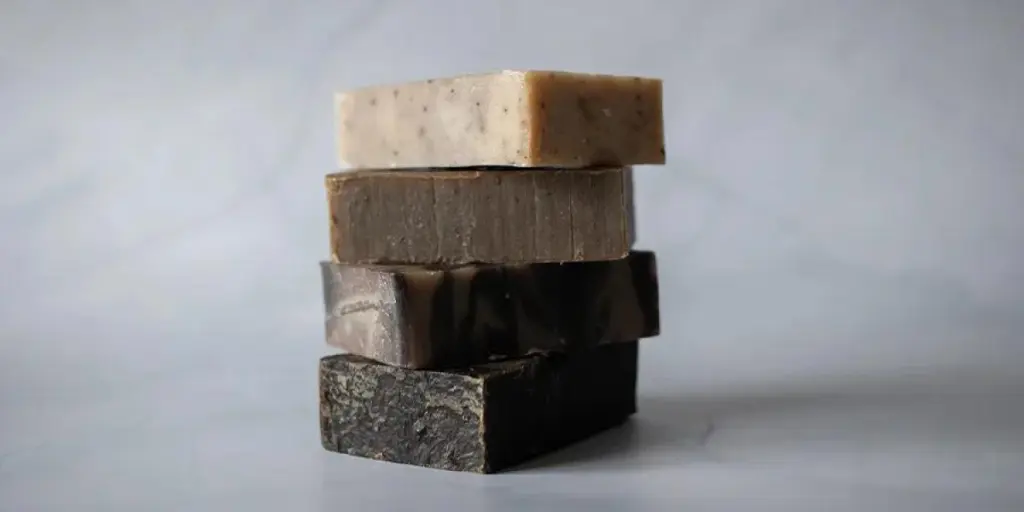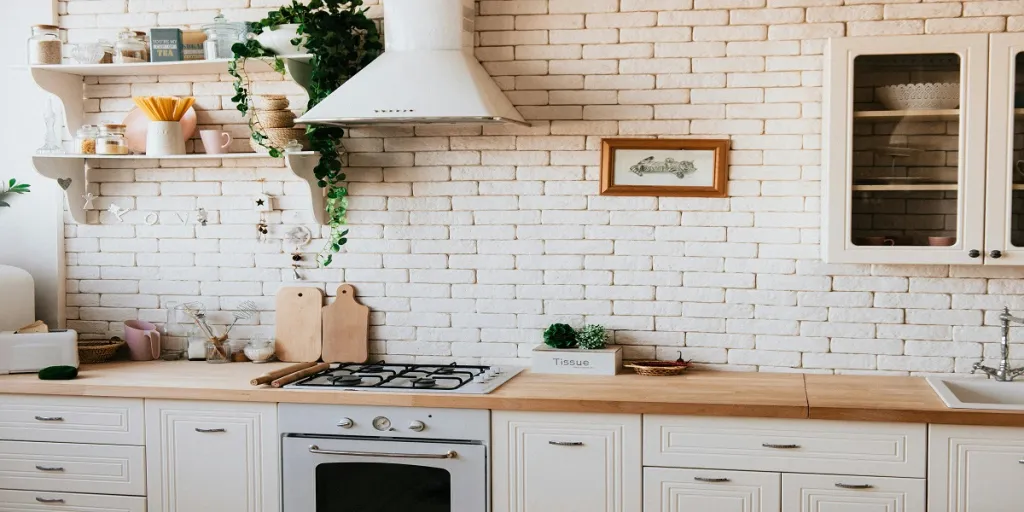With more and more people worldwide switching from going to restaurants and taking food away to home cooking, sharpening dull knives has become an essential kitchen activity.
Good quality knives are not only convenient but also make cooking much easier and safer. However, over a long time, the edge of any cutting device inevitably wears away, the blade grows dull, and the knife loses efficiency. A great way to restore a sharp edge is to use a sharpening system or tool, like a rolling knife sharpener.
Read on to discover everything you need to know to select the best rolling knife sharpeners for your buyers in 2025.
Table of Contents
The many uses of knife sharpeners
Characteristics of a rolling knife sharpener
The roller and the discs
The magnetic stand
Sharpness test
Final thoughts
The many uses of knife sharpeners
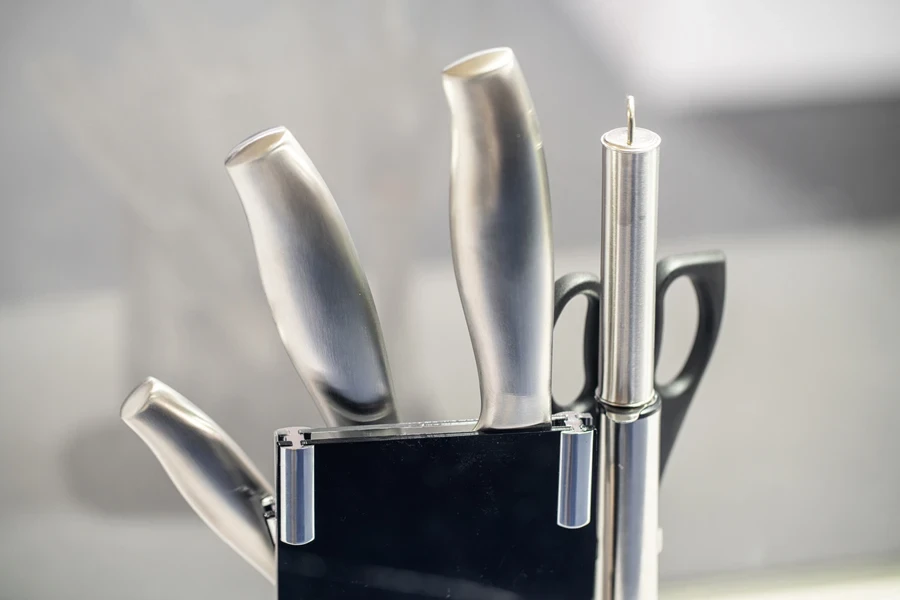
According to Business Research Insights, the global knife sharpener market hit USD 0.83 billion in 2024 and is growing at a compound annual growth rate (CAGR) of 3.4% during the forecast period to reach 1.09 Billion by 2032. This data shows that sharpening kitchen knives and other utensils is gaining popularity in many households, but why?
From chef’s knives and luxury Japanese knives to outdoor knives and even axes, the sharpening process can be applied similarly to any cutting tool. Of course, the degree of difficulty varies depending on the product type, its shape and form, and the required angle.
For example, many knife sharpeners feature a magnetic holder, interchangeable diamond discs, and replaceable abrasives that can be used to sharpen a knife’s edge. The can also be used to sharpen scissors that can no longer cut paper, instead of buying a new pair. The same applies to chisels, axes, toothed saws, and even ice skate blades.
Some products can only hone, which means bending the edge of a blade backward so that it realigns into a straight line. However, sharpening both sides of a blade is a different process that creates a new edge. The angle at which you sharpen your knife determines how sharp the edge is.
Characteristics of a rolling knife sharpener
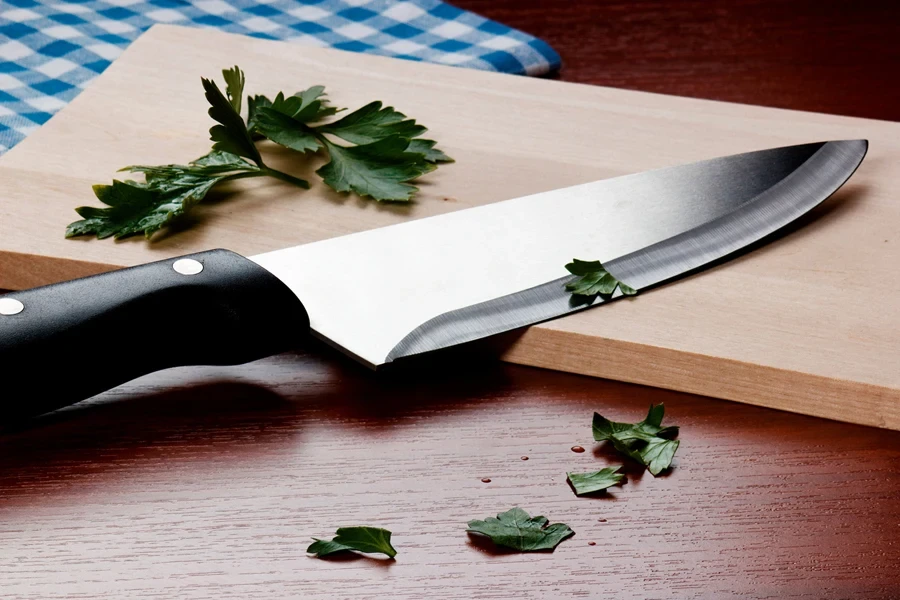
A rolling knife sharpener is a great device for always having sharp knives. This tool has manual and electric models that come with different pieces, each with some characteristics and a specific function.
The roller and the discs
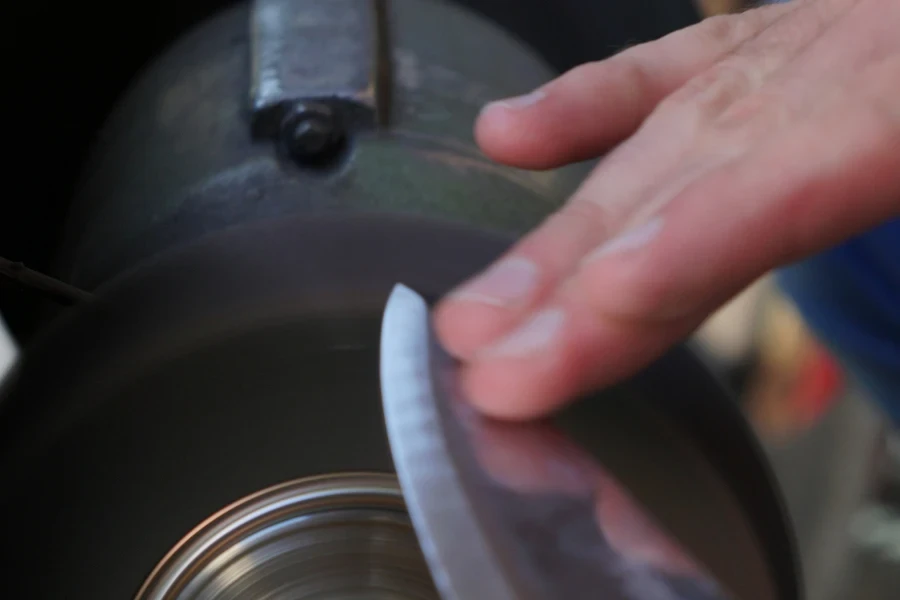
Since the beginning of time, people have used different types of stones and materials to sharpen their knives, depending on the country or the place. With a roller sharpener, consumers can choose the material that better suits the type of blade they need to sharpen.
When buying a rolling knife sharpener, people will find in the box a roller (a device similar to a tumbler) with a magnetic base onto which they can attach different abrasive discs, ceramic stone sharpeners, diamond grit discs, and possibly other parts as well. Usually, the diamond disk is used first for the initial sharpening before changing to ceramic. Some models also feature a honing disc to help reshape a dull blade before precision sharpening.
After the first sharpening, the client can choose other abrasives and attach them to the front of the sharpener, where they are held in place by magnets. They can be removed by lifting the edge.
The magnetic stand
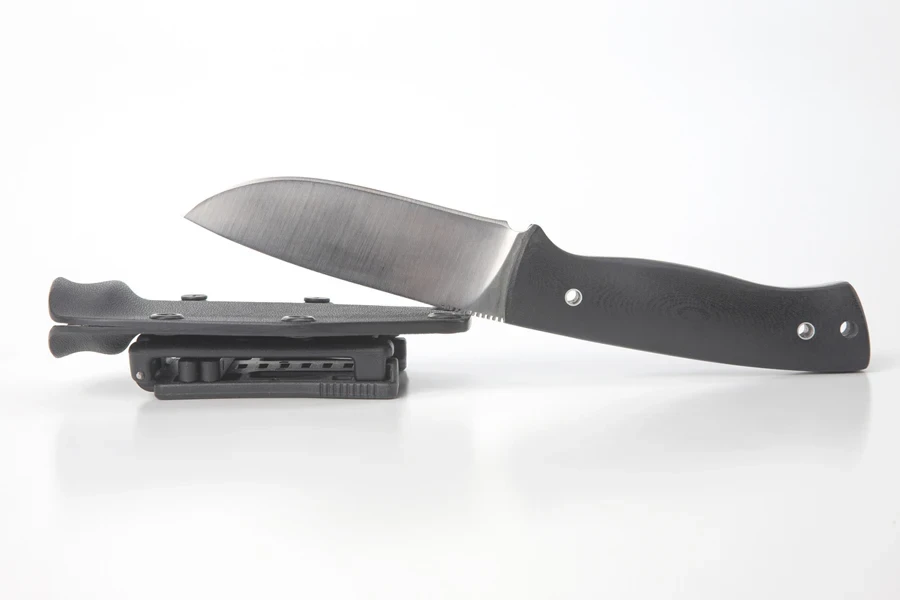
The stand is the magnetic knife holder that helps users keep the knife in the right position and at the perfect angle to get the most out of the innovative rolling motion of the roller.
Each side of the stand is set to different angles: 15 degrees for Japanese or most Western common kitchen knives and 25 degrees for folding knives and outdoor blades. Different models may feature a different range of angles to fit a wide variety of knife edges and achieve long-lasting sharpness.
The magnetic angle block of the rolling knife sharpener must be placed on a flat surface with enough room to fit the length of the blade and roll the sharpener back and forth. The entire edge should be above the height of the base and fully exposed to the rolling motion to achieve a consistent edge.
It’s important to clean the magnetic block between sharpenings to remove metal particles and reduce debris and the risk of scratching knives.
Sharpness test
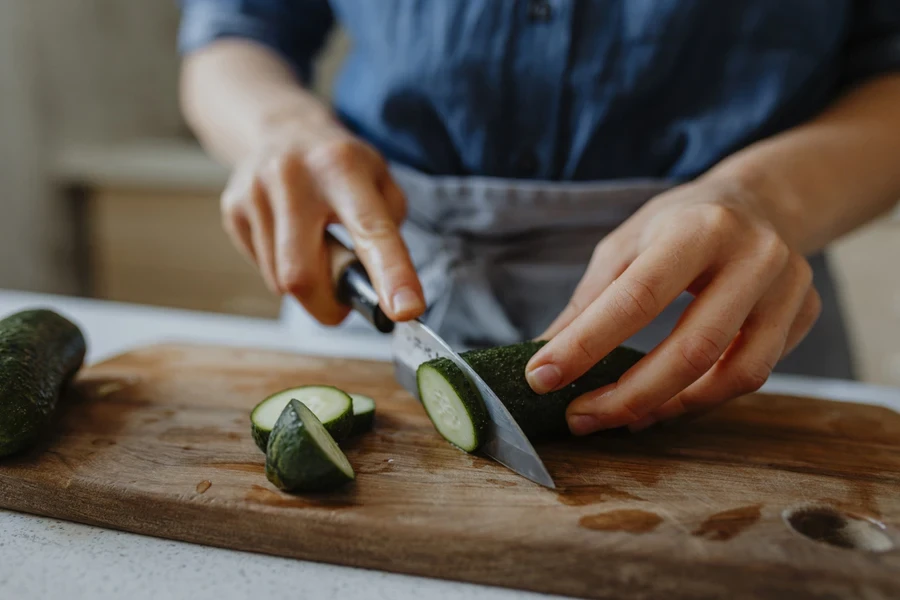
When a blade is dull, people notice that the knife is not as sharp as it used to be, and they need to apply more pressure to cut, causing their arm to tire much more quickly.
A paper test is often used to check the sharpness objectively. As a tip for your clients, you can suggest they place the knife at a 45-degree angle on the edge of a sheet of paper and try to cut it. If it’s difficult to do so, they need to sharpen more.
Final thoughts
The rolling knife sharpener represents a market opportunity that retailers cannot ignore. With the growing trend of cooking at home, this essential tool enhances the customer’s cooking experience and ensures a continuous sale due to its convenience and versatility.
Retailers can increase sales and build customer loyalty by offering customers a quality product that makes their daily lives easier.

